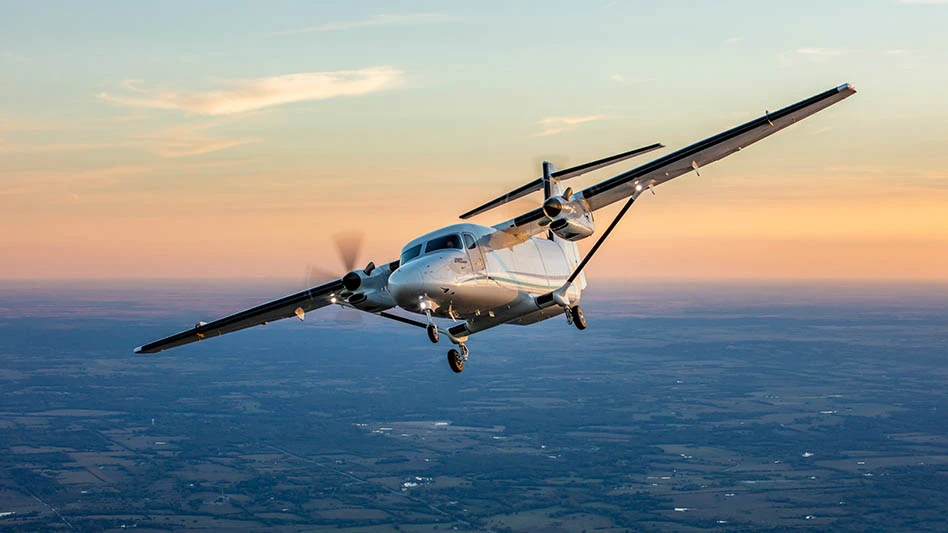
Cincinnati, Ohio – GE engineers working on the future of aircraft manufacturing recently made a simple 3D-printed mini jet engine that roared at 33,000rpm.
The football-sized jet engine was built by a team of technicians, machinists, and engineers who work at GE Aviation’s Additive Development Center outside Cincinnati, a lab focused on developing additive manufacturing, a next-generation technique that can make complex 3D structures by melting metal powder layer upon layer. They built the engine over the course of several years to test the technology’s abilities and to work on a side project together.
“We wanted to see if we could build a little engine that runs almost entirely out of additive manufacturing parts,” says one of the engineers. “This was a fun side project.”
The GE team couldn’t build the complexity of a whole commercial aircraft engine into their working model. Instead, they got plans for a simpler engine developed for remote control model planes and customized them for their 3D printing machines. Their final product measures about 1ft. long by 8" tall.
When they were finished, they mounted it inside a test cell typically used to try out full-scale engines and fired it up.
This form of additive manufacturing uses lasers to fuse thin layers of metal on top of each other to build parts from the ground up. Less material is wasted and more complex parts can be built to optimize how they work inside a machine.
The development team designed and developed a fuel nozzle that will be additively manufactured for inclusion in the CFM LEAP jet engine for commercial single-aisle aircraft. The engine is currently being tested. However, the FAA recently approved the first 3D printed component for a version of the GE90 jet engine.
“There are really a lot of benefits to building things through additive,” says Matt Benvie, spokesman for GE Aviation. “You get speed because there’s less need for tooling and you go right from a model or idea to making a part. You can also get geometries that just can’t be made any other way.”
Source: GE Aviation
Latest from Aerospace Manufacturing and Design
- The Partner Companies acquires Precision Eforming
- Hall Effect angle sensors
- July is for learning – so drop in for this month’s second Manufacturing Lunch + Learn
- Essential strategies to protect your data
- NASA selects instruments for Artemis lunar terrain vehicle
- Twin-cutter boring head
- Bell awarded funding for X-plane build phase of SPRINT program
- Shaft coupling clamps





